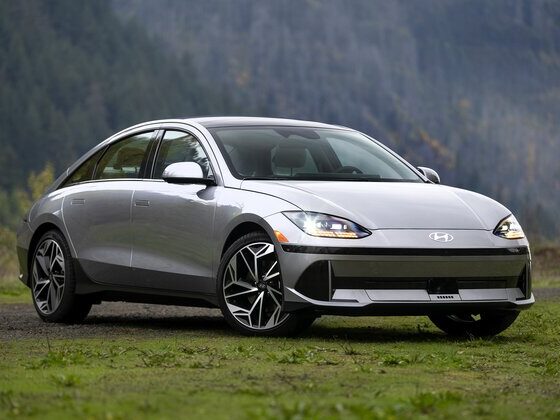As with any new car, the 2024 Hyundai Ioniq 6 comes packed with features that aim to enhance the driving experience. However, among these features, there are always a few that may not sit well with everyone. Here are three possibly annoying features of the 2024 Hyundai Ioniq 6:

Overly Sensitive Driver Assistance Systems:
One of the standout features of modern vehicles is their advanced driver assistance systems (ADAS). These systems are designed to improve safety and provide convenience to drivers. However, in some cases, they can be overly sensitive, leading to annoyance rather than assistance.
The 2024 Hyundai Ioniq 6 is equipped with state-of-the-art ADAS, including lane-keeping assist, adaptive cruise control, and automatic emergency braking. While these features can be incredibly useful in certain situations, they may become irritating if they are too sensitive or intrusive.
For example, the lane-keeping assist system may engage too aggressively, causing the steering wheel to vibrate unnecessarily or making abrupt corrections that feel unnatural to the driver. Similarly, the adaptive cruise control may brake suddenly in response to minor obstacles or vehicles merging into the lane ahead, leading to a jerky driving experience.
While these systems can be adjusted or deactivated to suit individual preferences, finding the right balance between safety and comfort may require some trial and error.
Complex Infotainment System:
The infotainment system in the 2024 Hyundai Ioniq 6 boasts a plethora of features, including navigation, smartphone integration, and voice recognition. While these features offer a high level of functionality, they can also be overwhelming and complicated to use, especially for drivers who prefer a simpler interface.
With multiple menus, submenus, and settings to navigate through, finding and accessing the desired function can be a daunting task, particularly while driving. The voice recognition system, although advanced, may struggle to understand commands accurately, leading to frustration and wasted time.
Additionally, the reliance on touchscreen controls for essential functions such as climate control and audio volume may pose a distraction for some drivers, detracting from the overall driving experience.
Limited Rear Visibility:
Despite its sleek design and futuristic appeal, the 2024 Hyundai Ioniq 6 suffers from limited rear visibility, primarily due to its coupe-like silhouette and high rear deck. While this design choice enhances aerodynamics and aesthetics, it comes at the expense of practicality and safety.
The narrow rear window and thick pillars obstruct the driver’s view of objects and vehicles behind the car, making parking and maneuvering in tight spaces challenging. This issue is compounded by the lack of a rearview camera or parking sensors as standard equipment on some trim levels, forcing drivers to rely solely on their mirrors and judgment.
While advanced safety features such as blind-spot monitoring and rear cross-traffic alert help mitigate this issue to some extent, they cannot fully compensate for the inherent limitations of the vehicle’s design.
In conclusion, while the 2024 Hyundai Ioniq 6 offers a host of innovative features and cutting-edge technology, it may also present some challenges and annoyances for certain drivers. From overly sensitive driver assistance systems to a complex infotainment system and limited rear visibility, these issues highlight the importance of striking a balance between innovation and practicality in modern automotive design.
